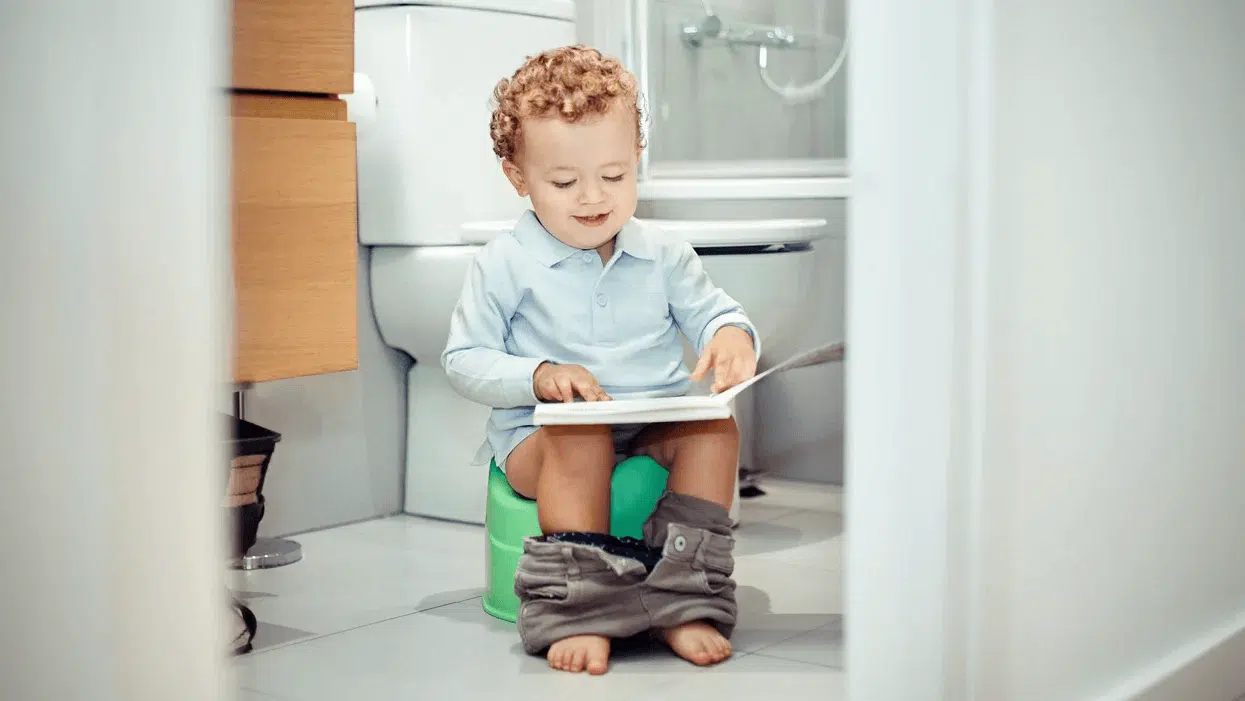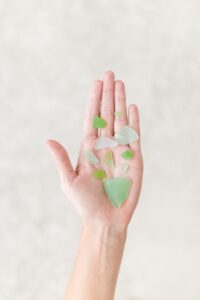For some reason, potty training doesn’t quite elicit the same sense of enthusiasm as milestones like exposing a kid to their first foods or witnessing them take their first steps.
The mess is clearly a part of this. But there’s more to it than that—you also need to understand how to potty train kids and toileting is one of the few things they completely control. You shouldn’t attempt to force your youngster to use the restroom. The language you use with your child is crucial since youngsters decide whether or not to use the restroom. Without inciting a power struggle or unintentionally hurting feelings, the objective is to strengthen them and their developing independence.
Instead of using the phrase “potty training,” Montessori refers to the process of teaching children to use the restroom as “toilet learning.” The distinction, though it might seem inconsequential, emphasizes Montessori’s focus on the child’s involvement and participation in the process, whereas “training” suggests a more passive position. The language of urination and body awareness are first learned at birth.
We spend SO much time changing diapers in the early days. The chance to teach your child that they feel wet because they urinated in their diaper and that you are changing it to make their body clean and comfortable is now.
When changing diapers, it’s crucial from a Montessori standpoint to refrain from using any derogatory language (or faces!). Using the words “gross” or “stinky. Montessori-style diaper changes are also as collaborative as possible. For the youngest babies, this may just mean explaining what you’re doing. With an older baby, you might ask them to lift their own legs so you can put the diaper underneath or, if they’re mobile, to bring a clean diaper to you.As soon as a baby or young toddler can reliably stand up with support, the Montessori approach switches to stand-up diapering.
The child stands, holding onto a low bar (a wooden closet rod can easily be installed at home) while you change their diaper. If you don’t want to install a bar, some families ask the child to hold onto the edge of the bathtub or a low shelf or table instead.










